Hide Show
Sell/Trade Us Your Car | Click Here To Learn More
Your tire pressure light provides a critical reminder to restore the pressure in your vehicle's tires when it gets low. You should only attempt to reset the light after first addressing the tire pressure in every tire. Once your tires are at the appropriate pressure, the light may go off on its own. If it doesn't go off right away, driving at 50 mph for about 10 minutes should help the tire pressure sensor reset.
If the tire pressure light is still on, there are a few more tricks you can try:
TPMS stands for Tire Pressure Monitoring System. The tire pressure light is one component of this electronic system, providing a visual alert when your tire pressure is low. The TPMS monitors tire pressure using either an indirect or direct method.
An indirect TPMS measures the rate of revolution for each wheel. If a wheel starts spinning faster than anticipated, the system signals to your vehicle's computer that something is amiss with the tire rotation, and your tire pressure light comes on. You must manually reset the monitor in an indirect TPMS system.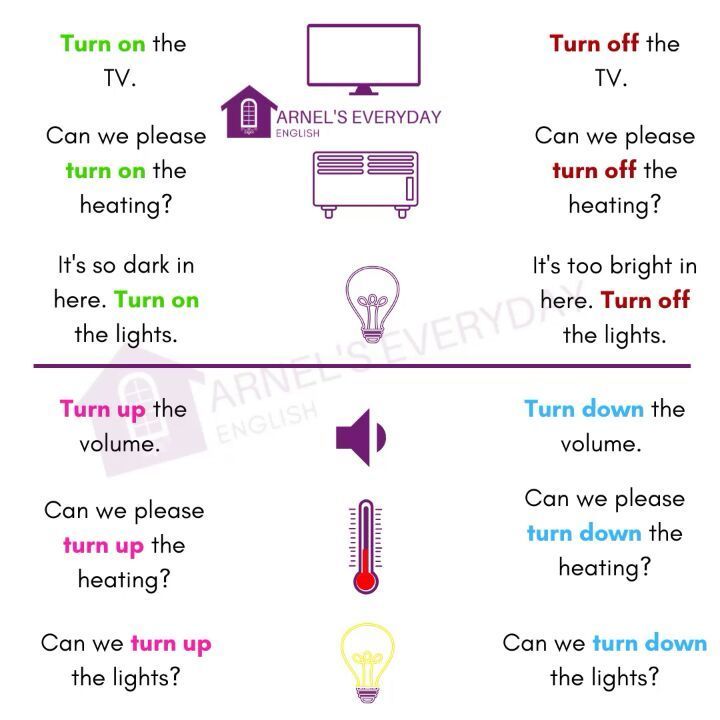
A direct TPMS uses pressure monitoring sensors in each tire to monitor tire pressure exactly. This is a more accurate alternative to an indirect TPMS system. The batteries inside these sensors will last for about 10 years. Direct TPMS systems reset automatically after tire inflation or rotation. You do need to have these sensors resynchronized when you get new tires, which requires a special tool.
Yes, cold weather will affect the air pressure in your tires. Your tires lose one or two pounds per square inch (PSI) for every 10 degrees that the temperature drops. Cold air condenses while warm air expands. Therefore, the colder air in your tires will take up less space in lower temperatures.
You may find that your TPMS light is only illuminated for a short time in the morning on particularly cold days. After about 20 minutes of driving, the air will often warm up and expand, restoring proper pressure in your tires. If the light stays on after 20 minutes on the road, you should add air to your tires as needed to restore the proper pressure. Low tire pressure is hazardous for your vehicle regardless of the cause.
If the light stays on after 20 minutes on the road, you should add air to your tires as needed to restore the proper pressure. Low tire pressure is hazardous for your vehicle regardless of the cause.
When the tire pressure monitor light is on, the first thing you should do is check the pressure in each of your tires, including the spare. Check the manufacturer's recommendation to determine the appropriate pressure for each tire. This is typically between 30 and 35 PSI but may vary. You should measure tire pressure when the tires are cold, which means they have not been driven in the last three hours.
To check the pressure, simply unscrew the valve cap and insert a tire gauge into the valve stem. The gauge will provide a clear reading. Replace the valve cap when you're finished. If your tires are all at the appropriate pressure, there's a malfunction with your TPMS. Bring your vehicle to an authorized dealership service center to diagnose and resolve the issue.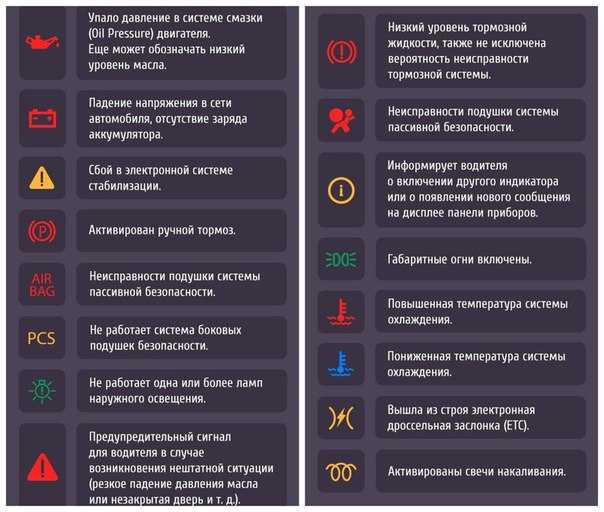
If the tire pressure monitor light is on, you should check your tire pressure as soon as possible. Low tire pressure creates a serious hazard on the road. According to the National Highway Traffic Safety Administration, 738 people died in tire-related crashes in 2017. When tire pressure is low, the tire has more contact with the road. This may cause the tire to overheat, leading to tread separation, excessive tire wear, or a blowout.
Low tire pressure also wreaks havoc on your fuel efficiency. You can save up to 11 cents per gallon simply by keeping your tires properly inflated. You'll also save money on tire replacements with adequate inflation. Keeping your tires properly inflated can add 4,700 miles to the tire's average lifespan.
The tire pressure monitor light gives you valuable information and should not be ignored.
You do not necessarily need to have your TPMS sensors replaced with new tires, but this is a good time to check them and make sure they're still in good condition. If you have an indirect TPMS system, your mechanic will need to manually reset the sensors after changing your tires. If you have a direct TPMS system, no additional maintenance is required to reset the system.
If you have an indirect TPMS system, your mechanic will need to manually reset the sensors after changing your tires. If you have a direct TPMS system, no additional maintenance is required to reset the system.
A new TPMS system will typically last for about 10 years before the batteries run out. If you have an older vehicle, you may need new sensors every five or six years. Your mechanic can advise you on the best time to replace TPMS sensors for your vehicle. When new sensors are installed, the system must relearn the location of each tire, which requires a detailed series of technical procedures. You should leave this task to a professional.
If you need tire service for your Toyota, come to Kings Toyota for prompt, reliable service. Our highly-trained technicians are equipped to assist with any type of tire issue, whether you need new tires or have a malfunctioning tire pressure sensor light. Make your appointment today.
* Indicates a required field
First Name*
Last Name*
Contact Me by*
EmailPhone
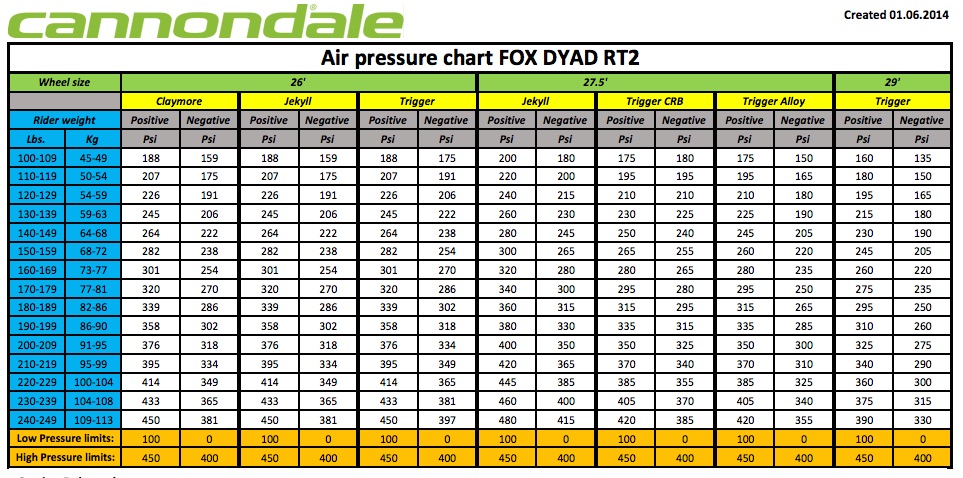
By James Tate Jan 3, 2023
Tia Brown | Capital One
Article QuickTakes:
A car equipped with a Tire Pressure Monitoring System (TPMS) will flash a warning light if one or more tires read too low on air. This can occur when the tire has a slow leak, full puncture, or during the change from summer to autumn as pressures drop with the temperature.
Often a driver might find that their tire pressure light won’t shut off even after tire pressures are back up to where they should be. If you happen to drive a Nissan there are several methods you can use to attempt to reset a stubborn TPMS light. Make sure to set your tire pressure properly before you get started. Also check your pressure when the tires are cold; even a quick drive to the nearest gas station can bring the measured pressure up a couple pounds.
The simplest way to reset a Nissan’s TPMS light is to drive the vehicle at 50 mph or above for 10 minutes once the tires are back up to pressure. The next time you restart your Nissan, the TPMS sensor should be reset.
The next time you restart your Nissan, the TPMS sensor should be reset.
If that doesn’t work, it’s time to try more involved solutions.
Nissan dealers recommend this three-step method if driving your repressurized tires doesn’t do the job with your TPMS sensor. The first step is to inflate your tires to 3 PSI over the recommended level. After that, deflate your tires completely before reinflating them to their recommended pressure. This should reset the TPMS sensor.
A very important aspect to keep in mind is that if you have a spare tire, it may also have a TPMS sensor inside. Be sure to keep your spare inflated, and if you’re attempting the refill method, include the spare in the process.
Occasionally, a TPMS sensor may just have to be reset directly rather than by repressurizing the tires. There are a couple of ways to go about this:
First, make sure your car is off. Then, insert the key (if you have one) and move it to the “on” position without actually turning the car back on. If your Nissan has a push button ignition switch, keep your foot off the brake pedal and press the button once to put the car in the “on” position. After that, you’ll want to locate your Nissan’s TPMS reset button—this is usually but not always located underneath the steering wheel; consult your owner’s manual if you’re uncertain where it is. Press and hold the TPMS reset button until the warning light blinks three times, then let it go. Start the car and give the sensor about 20 minutes to refresh.
If your Nissan has a push button ignition switch, keep your foot off the brake pedal and press the button once to put the car in the “on” position. After that, you’ll want to locate your Nissan’s TPMS reset button—this is usually but not always located underneath the steering wheel; consult your owner’s manual if you’re uncertain where it is. Press and hold the TPMS reset button until the warning light blinks three times, then let it go. Start the car and give the sensor about 20 minutes to refresh.
The other method to directly resetting the TPMS is the most blunt-force way—cut off its power. Again with the car off, disconnect the battery (negative first). Turn the car to the “on” position and honk the horn (which won’t actually honk, since the battery is disconnected) for about three seconds, or long enough to discharge the power stored in the vehicle. After that’s done, reconnect the battery (positive first) and start the car back up. This hard reset should have the TPMS behaving once again.
If you experience repeated issues with your Nissan’s TPMS light either refusing to reset or flashing, there may be a malfunction or an issue with the battery charging system. If problems persist, bring the car to your repair shop of choice to have any issues sorted out.
TAGS2017 nissan rogue sport
This site is for educational purposes only. The third parties listed are not affiliated with Capital One and are solely responsible for their opinions, products and services. Capital One does not provide, endorse or guarantee any third-party product, service, information or recommendation listed above. The information presented in this article is believed to be accurate at the time of publication, but is subject to change. The images shown are for illustration purposes only and may not be an exact representation of the product. The material provided on this site is not intended to provide legal, investment, or financial advice or to indicate the availability or suitability of any Capital One product or service to your unique circumstances. For specific advice about your unique circumstances, you may wish to consult a qualified professional.
For specific advice about your unique circumstances, you may wish to consult a qualified professional.
James Tate
James Tate has been writing about cars professionally for 15 years and he remains obsessed with them. He enjoys digging into the incredible technology of new vehicles as much as he likes the tactility and the driving experience of yesterday’s cars. He has written for a variety of legacy automotive magazines and websites.
home > Motorists > How to reset tire pressure error
02/04/2022
Motorists
2947
Reading time: 16 minutes
60239
Reading time: 16 minutes
Save article:
Save article:
The article says:
When the tires are optimally inflated, the low tire pressure indicator (TPMS) does not light up on the vehicle's dashboard. However, in some cases, it lights up even if the pressure is normal. This can't help but be annoying, especially when the tires are inflated normally. In our article today, we will figure out how to reset a tire pressure error.
However, in some cases, it lights up even if the pressure is normal. This can't help but be annoying, especially when the tires are inflated normally. In our article today, we will figure out how to reset a tire pressure error.
American and European scientists conducted a study, during which it was found that most drivers do not check whether the wheels are properly inflated before getting behind the wheel of a car. Only 40% of car owners perform such a check - and even then only once every 12 months. This is the reason for a large number of accidents.
The TPMS (Tyre pressure monitoring system) system is designed to monitor tire pressure, as well as warn of a malfunction. If the tires are under-inflated or over-inflated, an error will be displayed on the remote control or an audible signal will appear.
What is dangerous too high or, conversely, low pressure? The risk of an accident increases, the car begins to consume more fuel, in addition, the rubber wears out faster.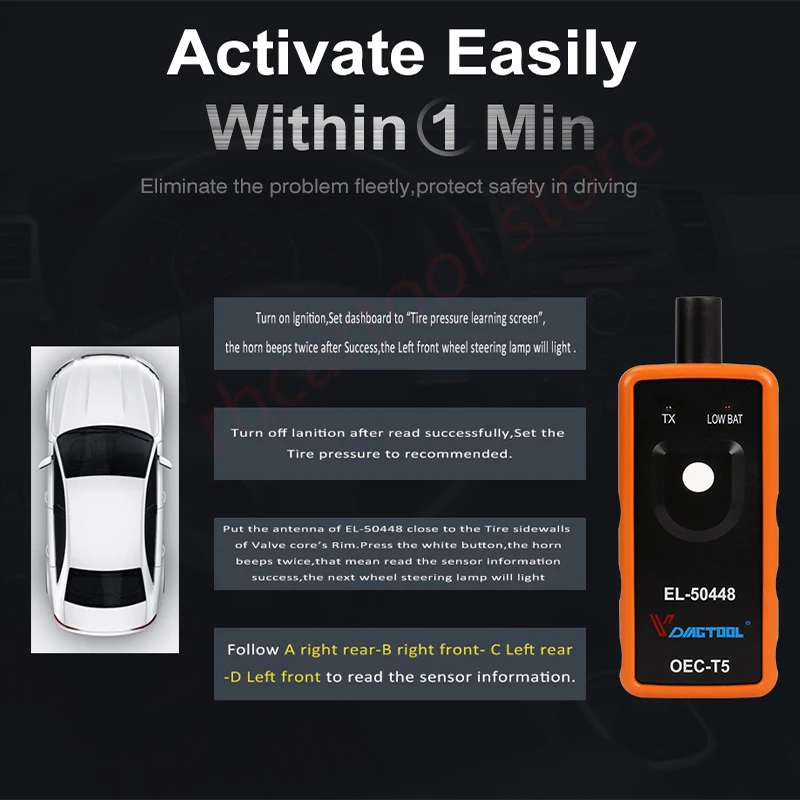
Photo: Shutterstock
The above devices operate on the same principle. Let's figure out how information about what tire pressure gets to the control panel.
 2 bar.
2 bar. Consider how pressure is calculated by measuring instruments. Typically, the sensor performs a comparison of the angular rotation of the wheel. Knowing the value of this parameter, you can calculate the distance that the wheel will travel in one rotation.
Obviously, if the tires are under-inflated or over-inflated, then the outer diameter of the wheel will be different. Visually, a person cannot determine this change. But the sensor notices even such changes. The system fixes non-compliance with the required parameters.
The sensor will still respond, despite the fact that the wheel circumference has changed quite a bit. In this situation, it is necessary to find out what mechanical reason led to this. Only in this way can you eliminate the misinterpretation of the signals transmitted by the system. This can happen because:

Also, the TPMS system gives an error when you install new wheels or rearrange them.
When, after these steps, a tire pressure error appeared, indicating unbalance, you should reset the settings, and then set the basic parameters. In this case, the control signal may remain even if the basic settings have been selected.
Why such problems may occur:
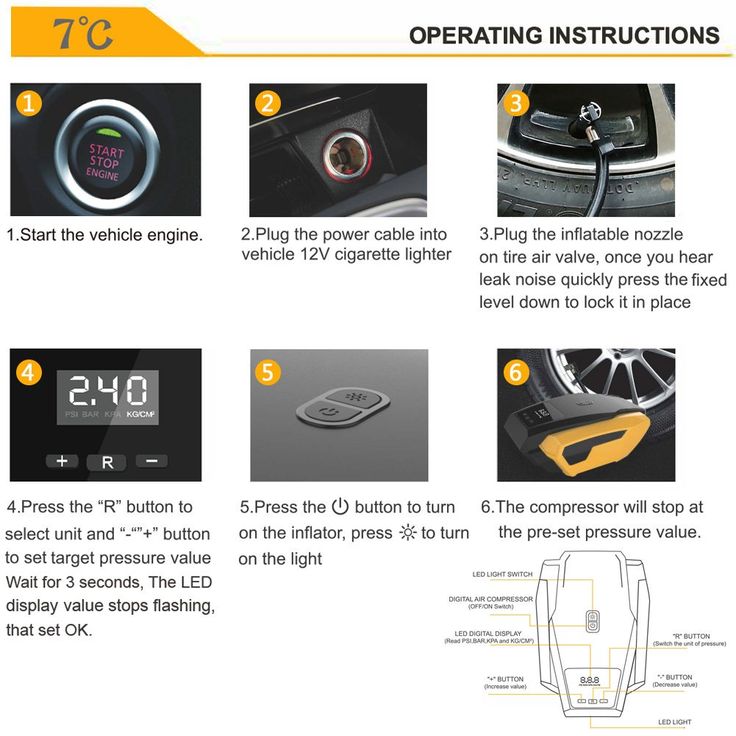 It will only be possible to reset it at the service station.
It will only be possible to reset it at the service station.
See also
Velcro or spikes: which rubber is better for the Russian winter?
Read more
How to reset tire pressure error? To begin with, imagine that the TPMS system is working properly and the blinking light indicates a problem with the undercarriage of the machine. The first thing you should do is slowly release the gas. You can not brake sharply, turn the steering wheel. After the car has stopped, inspect the tires to make sure the rubber is not punctured or broken. Then you can check if the tire pressure is normal.
Pay attention! The TPMS will not always show a tire pressure error. For example, if the tires are slowly deflating, the system will not inform you about the problem. In the same way, she will not notice the error if the tire pressure starts to drop rapidly. This usually happens when a tire ruptures. This feature of the TPMS system is explained by the specifics of identifying and counting nonconformities.
However, in some cases, it happens that the TPMS system indicator is on, but the tires are in perfect condition. How to reset tire pressure error? We understand.
The complex TPMS system in some cases starts to work incorrectly. Usually, car owners observe the following picture: a tire pressure error is displayed on the display (the tire is underinflated), but in reality everything is fine with the wheel. You have to reset the tire pressure error. Otherwise, the TPMS system starts to work incorrectly.
Photo: Shutterstock
You also have to reset the tire pressure error when there is radio interference from high voltage power lines. Or when sources of radio signals are located in the immediate vicinity. But as soon as you move away from them, the pressure error disappears and the system begins to function properly.
The reason for the malfunction may lie in the sensor, which is "failed". This damage cannot be easily repaired. How to reset a tire pressure error if the sensor flashes, while you hear a beep, lose your vigilance and find it difficult to drive a car? There are 4 ways to fix this problem.
To reset the error, pick up a speed of 80 km / h and continue driving for another 15 kilometers.
This method is the easiest to implement. If your car has this feature, then turn on the cruise control so that the speed does not change. Depending on the model of your car, you will be able to reset the tire pressure error at a speed that exceeds the specified one.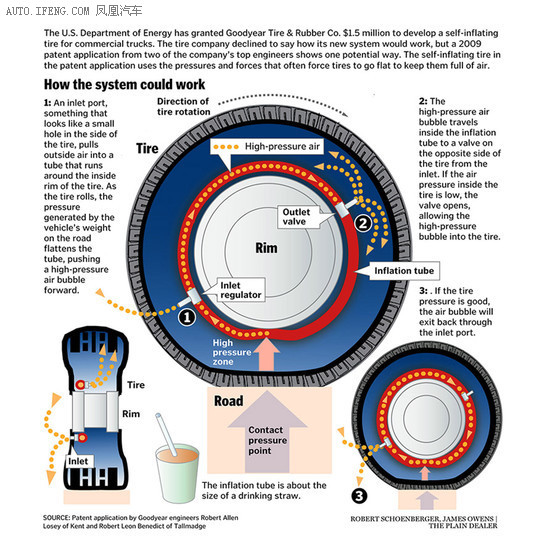 After you cover a distance of 15-20 kilometers, maintaining the same speed of 80 km / h, make a stop. Turn off the motor. When you start it again, the tire pressure error will disappear.
After you cover a distance of 15-20 kilometers, maintaining the same speed of 80 km / h, make a stop. Turn off the motor. When you start it again, the tire pressure error will disappear.
Popular articles
How to choose a subwoofer for your car
19.12.2022
1964
From top to bottom, obliquely: how to degrease a car body before painting
12/15/2022
2304
Chic, shine, beauty: how to remove scratches on a car with your own hands
9.12.2022
1680
Without damage: how to reduce fuel consumption on a car
11/29/2022
1015
How much do they pay for advertising on a car
11/25/2022
4775
Press the tire pressure monitoring system (TPMS) reset button on your car and you will be able to reset the error.
It does not matter what type of low pressure warning system is used. In any case, there will be a sensor on each wheel of your car. Sometimes it may be necessary to reboot the touch system of the car. Read the owner's manual for the vehicle. It contains information on how to reset a tire pressure error. Most often, the instructions indicate which button to press to reset.
The ignition key must be in the lock. No need to start the car, just turn it to the “on” (“ON”) position. Then press and hold the reset button, which may be under the steering wheel. We are waiting for the low pressure indicator to flash 3 times. After that, you can release the button. We start the car, it should work for 20 minutes. After this time, the computer will calibrate the sensors on the wheels. Now you can turn off the car.
Lower and then re-inflate the wheels.
Failed to reset tire pressure error using the previous method? Then we inflate all tires to 0. 2 bar, this is the pressure that should be according to the recommendations of car manufacturers. Did the error go away? Then we lower the pressure in the tires completely.
2 bar, this is the pressure that should be according to the recommendations of car manufacturers. Did the error go away? Then we lower the pressure in the tires completely.
Now we pump up the wheels again. The pressure in them should be the same as indicated on the driver's door pillar or in the car's operating instructions. When there are sensors on the wheels, you need to remember about the spare tire. Now you need to drive about 3-5 kilometers, adhering to a speed of 25 km per hour. So you can reset the tire pressure error.
Remove the battery terminals and then connect it to reset the error.
Each car has a computer that receives data from all kinds of vehicle sensors, including TPMS system sensors. However, any electronics can fail. To reset the error, you will have to reboot the system, for which you need to turn off the power.
Photo: Shutterstock
To do this, open the hood. The battery is located under the hood. Disconnect the negative terminal from it. To perform this operation, use a wrench. Then sit in the driver's seat, turn the key to the "ON" position, but do not start the car. Now you need to press the signal for 3 seconds. This will use up the energy that remains in the electrical system of the machine. Then reconnect the battery. This way you can reset the error.
Disconnect the negative terminal from it. To perform this operation, use a wrench. Then sit in the driver's seat, turn the key to the "ON" position, but do not start the car. Now you need to press the signal for 3 seconds. This will use up the energy that remains in the electrical system of the machine. Then reconnect the battery. This way you can reset the error.
Sensors keep track of tire pressure. However, you need to be sure that they function properly. Of course, you do not need to constantly walk around with a special measuring device and find out the status of the sensors. It just needs to be calibrated from time to time.
It is performed quite simply. The most important thing to remember is that, depending on the make and model of your car, for each wheel there are pressure parameters strictly defined by the manufacturer for winter and summer. These values should be given to the sensors. How the installation and configuration will be performed depends on the controller used.

For current promotions on the Halva card, which will help you profitably purchase household appliances, you can follow here.
To prevent a tire pressure error from appearing, it is important to calibrate (adjust the TPMS system) every time a change is made. For example, when you installed a new set of wheels, repaired tires, did balancing, and the like. Using TPMS controllers is quite simple. The main thing is to read the instructions for use of the device. And make sure that the tire pressure is the one recommended by the car manufacturer.
See also
"What tires can be put on rims 14, 15 and 16: professional advice"
Read more
Every car owner gets annoyed if the tire pressure error icon lights up on the dashboard. This indicator informs you that something is wrong with the wheels. However, even if the tire pressure is optimal, the tire pressure error must be reset.
However, even if the tire pressure is optimal, the tire pressure error must be reset.
The fact is that if the TPMS system icon constantly signals insufficient pressure, the driver will not be able to know when the rubber will actually begin to deflate. Driving becomes dangerous for both you and other road users. It is necessary to find out the cause of the malfunction as soon as possible and reset the tire pressure error. This is the only way to operate the vehicle safely.
The fact is that it is impossible to turn off the sensors. We'll have to look for other ways to remedy the situation. What exactly? Now we'll tell you.
The most obvious way to reset a tire pressure sensor error is to check the condition of the tires. Yes, the error in the operation of devices is extremely high, but in most cases they still signal a real problem.
If the insidious light comes on while driving, stop at a convenient authorized place and make sure the tire is properly inflated. To do this, it is better to use a pressure gauge, because it is not so easy to determine by eye where the air is released.
To do this, it is better to use a pressure gauge, because it is not so easy to determine by eye where the air is released.
Then proceed according to the situation. Try inflating the tire to the standard level, and then start the car and drive at normal speed for several kilometers.
Hyundai Creta tire pressure error will reset itself, without requiring additional expert intervention. The miracle did not happen, or was the tire completely in order, but the light continues to burn, distracting and annoying? Then you have to be cunning and here are the main ways:

Important note: If you decide to remove the sensors from the discs, in the hope of getting rid of a regular error, then you will not come to the desired result. The light will remain on even if there are no devices.
There is another way to disable TPMS on your Hyundai Creta. Experts call it initialization and it is mainly used when changing wheels between seasons. Proceed step by step:
If none of the above methods helped, the light remains on, and you are absolutely sure that the tire pressure is at the level recommended by the manufacturer, you will have to go to a service center.
There, using special software and a scanner, the master will be able to forcibly shut down the system or reflash it in order to finally rid the driver of the problem.
Important note: Even a specialist in a service center does not disable tire pressure sensors. He only makes sure that the annoying signal on the dashboard does not turn on.
Sometimes a frequent error may indicate that the device itself is broken. In this case, resetting errors on the Hyundai Creta will not help, because it will not fix the breakdown. Try changing the TPMS to a new one. You can do it yourself, but you will have to tinker.
The tire pressure sensors in the Korean crossover are hidden directly inside the wheels, in the tire cavity. So for replacement, you will have to dismantle each of them.
The best option would be to contact a specialized service center, but if you prefer to handle it yourself, then at least call a friend to help you, who will hold the disc.
But it is not necessary to register new devices after their installation. Just drive a few kilometers at the same speed and the information will begin to be transmitted to the head unit.
At the same time, no one will guarantee that beginners will not start making mistakes and you will not have to reset the Hyundai Creta tire pressure sensor. After all, you remember about the 30 percent error?
However, we do not recommend trying to disable the pressure control. Better try to get used to it. Factory-installed sensors on the Hyundai Creta are one of the basic security systems designed to protect against accidents, rapid tire wear and other troubles.
Vladimir, 55 years old (Yaroslavl)
What is the standard pressure for the Hyundai Crete provided by the manufacturer and does it depend on the type of engine?
This indicator does not depend on the vehicle equipment. In a normally loaded car, tire pressure should be 2.3 bar, and in crossovers with a maximum load, 2.5 bar. The manufacturer's recommendations are displayed on a sticker located on the front of the driver's door. You can verify this for yourself.
In a normally loaded car, tire pressure should be 2.3 bar, and in crossovers with a maximum load, 2.5 bar. The manufacturer's recommendations are displayed on a sticker located on the front of the driver's door. You can verify this for yourself.
Sergey, 29 years old (Abakan)
How does the level of tire pressure depend on weather conditions? I noticed that the malfunction from the sensors pops up only in the winter period.
The lower the air temperature, the lower the tire pressure drops. Therefore, in climates with cold winters, it is recommended to inflate tires a little more than the manufacturer requires. But we are talking about really low temperatures (from -20 degrees and less).
Dmitry, 25 years old (Barnaul)
How often can a Hyundai Creta reset errors so that the head unit does not refuse to work?
There are no specific recommendations for this. But if you have to reset too often, you should think about the causes of the problem and deal with it once.